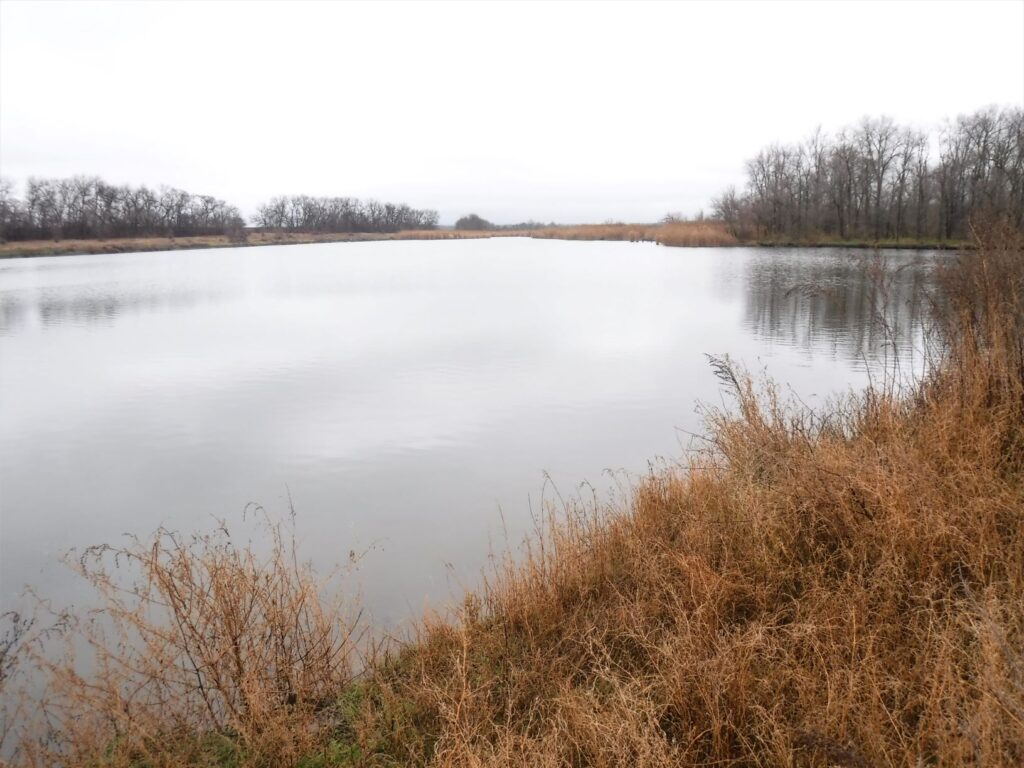
Our convoy of three cars, packed to the gunwales with boxes of food, pulled away from the curb and into the dim morning light. Leaving the city at 0730, we headed north initially, before turning south-west for the six hour drive to our destination: a small rural village that until recently had suffered eight months of Russian occupation.
Ukrainian regional roadways are a mix of smooth dual-carriageway, patched up minor roads, and potholed spring-breaking tyre-destroying spine-compacting nightmares. We began on the first, moved to the second, on to the third, then back to the second again. With the obligatory check-point stops thrown in it felt like a long trip.
We reached the border of the oblast (administrative region, like a ‘shire’ in Australia) in which our destination village was located, and upon crossing the line the war suddenly seemed markedly more acute. Soldiers in full battle dress stood alert at the checkpoints, and exchanges with our convoy were tense. All traffic on the road was military, and our tyres buzzed on the patterned grooves left by tanks in the surface of the bitumen. I was warned to follow the car in front and stay in the middle of the road as the verge may be mined.

Continuing on, we passed burnt out military vehicles; mechanical cripples left behind by the retreating Russian forces. A steel pontoon had been laid at the end of a partly demolished bridge, and my heavily laden car bottomed out as I clunked off the steel tracks and back onto the road. We turned onto a patchy dirt and bitumen track between fallow paddocks and a long line of trees. Beneath this belt of vegetation were deserted Russian infantry positions. Foxholes, dugouts, plastic tarps, ammunition boxes, shell casings and scattered rubbish ran the length of the trees. Two light field guns sat abandoned in the grass.
We reached the village and parked outside the long-closed general store. The air was cold and damp, and the sky heavily overcast. The townsfolk arrived on foot and by bicycle, and a couple of smoke-belching Soviet-era motorbikes. They were mainly older people, a couple of teenagers and two children. Presumably the younger men were serving in the Armed Forces, and their wives and kids had moved to a safer place. Those who stayed behind to endure the Russian occupation may have done so by choice, preferring to remain in their homes with their livestock and gardens. Or perhaps they had no means to leave.
A makeshift table was set up, and each resident produced a passport, the details of which we carefully recorded. A photo was then taken of the individual and their food box. Accountability is critical to avoid theft and black marketeering, and mandatory to ensure donors continue to supply the aid.

I helped an elderly lady carry her box away and set it down on the ground, clear of the queue and cars. Upon her request, I cut the packing tape and opened it up. She stooped to look inside, and seeing the tightly packed goods, exclaimed ‘Ohohoh!’, a Ukrainian expression of delighted surprise. She took my hand and said ‘Dyakuyu (thankyou)’ and gave me a hug.
We offered chocolate to those waiting patiently, and in what I have found to be the typical Ukrainian manner, a single piece was taken gratefully. Artillery rumbled in the distance.
The weighty boxes were strapped to the back of bicycles and held in place as the villagers walked them home. A bloke with a motorcycle and sidecar platform stacked boxes high to deliver to his neighbours. When all the food was allocated, we packed up and began the six hour drive home in the afternoon twilight.
Although it was satisfying to see people heading off with 14-odd kilograms of food to supplement what they could grow, considering the number of small villages scattered across southern Ukraine, it still felt like a drop in the ocean. However we are certainly not the only group delivering aid, and I hope that although many villagers have no electricity, gas or running water, a little extra food may help to make what is an unimaginably tough time a little more tolerable.
If you liked this post, you may also like Midnight Run, Letting Go
Leave a Reply